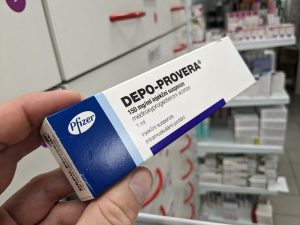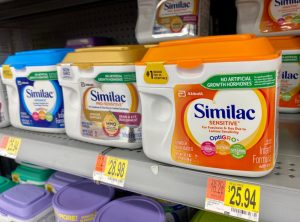Much of this blog is dedicated to giving you news on significant court cases that take place throughout the country. These cases are not your typical Judge Judy, small claims type deals. They are pretty important.
Typically, big personal injury cases usually manifest themselves in class actions, Multi-district Litigation, and/or mass torts. Although these types of litigation have a lot in common, they are truly nuanced, meaning it takes an experienced attorney to fully comprehend how they work.
But of course, it helps to have a basic understanding in the first place. Here is a little bit about how a mass tort works.
Mass Torts – The Basics
You cannot go around defining “mass tort” without defining “tort.” The law school definition of a tort is a “civil wrong,” committed by one person against another that results in injury. The most common tort that we as personal injury attorneys deal with is negligence.
However, torts also include assault, battery, intentional infliction of emotional distress, trespass, and many more. In most tort cases, there is one plaintiff suing one defendant. For example, in a trespass case, the property owner would sue the trespasser. The same is true of car accident cases where you have the injured victim suing the negligent driver. Of course, the insurance company is usually brought in as a defendant, too.
Continue reading










